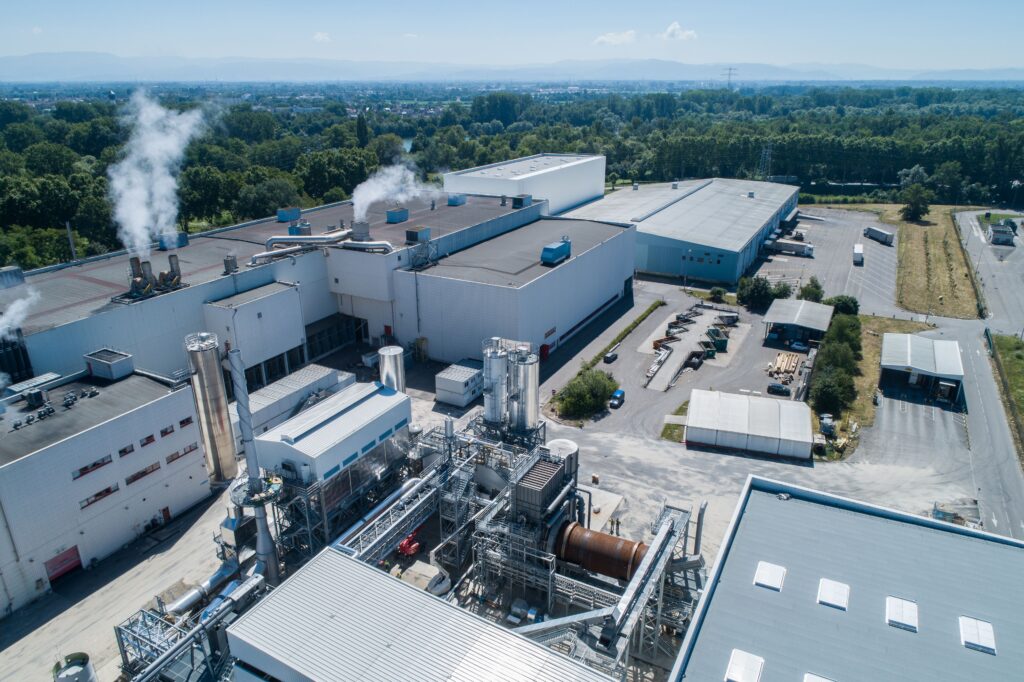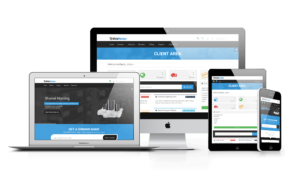
Energy Management System (EMS)
What is an Energy Management System (EMS)?
An EMS is a systematic approach for an organisation to sustainably manage energy consumption based on the Plan-Do-Check-Act (PDCA) cycle. An organisation’s EMS typically comprises of the following key elements:
A comprehensive energy policy that clearly demonstrates top management commitment;
An energy management committee, communication channel and programs with inclusive representation and participation of key departments within the organisation;
Documented action plans with clear work procedure, designation of responsible parties, resources, time frame, determination of baseline and performance targets;
Implementation of an action plan with appropriate, evidenced and documented monitoring;
Periodic review of Energy Management System (EMS) implementation (systems audit);
Actions for continuous improvement to address systems audit recommendations.
What is an unsustainable energy cost cycle?
Many companies only implement energy-saving measures when their energy bills are high. But without proper policy and committee, monitoring and reporting, systems audit and continuous improvement, energy bills will continue to rise in the following years. And only then, companies will start looking into energy-saving measures again. Having an EMS allows a company to break this pattern and enjoy sustainable energy saving.
What are the benefits of Energy Management System (EMS)?
Effective EMS implementation can help an organisation achieve energy cost savings, reduce environmental emissions, improve profitability, project a positive image and ultimately gain a competitive edge. The positive benefits can typically be sustained regardless of changes in internal factors (e.g., staff, process) and external factors (e.g., tariff, policy).
What are the types of Energy Management System (EMS)?
Two types of EMS that are widely used in ASEAN include ISO50001 and ASEAN Energy Management Gold Standard (EMGS). Both EMS provide comprehensive guidelines on how to implement EMS effectively.
What is the ISO50001 certification?
ISO 50001 is an official certification of an organisation’s adherence to, or compliance with the EMS standards on the efficient use of energy, as prescribed by the International Organization for Standardization (ISO). ISO 50001 is one of the most internationally recognised EMS.
What is the Energy Management Gold Standard (EMGS) certification?
Energy Management Gold Standard (EMGS) is an EMS certification program under the ASEAN Energy Management Scheme (AEMAS). It is coordinated by the ASEAN Centre for Energy (ACE) and is currently implemented by eight ASEAN member countries. EMGS is a 3-tier EMS certification program that is based on an organisation’s progress in EMS implementation. There are three levels of certification, i.e., from 1 Star to 3 Star. EMGS 1-Star is awarded to an organisation that has established a complete EMS documentation, has appointed an in house, certified energy manager (CEM) and has made budget allocation for EMGS implementation. The 2-Star EMGS is awarded to a 1-Star organisation that has implemented the EMS and achieved energy reduction targets and verified energy savings. The 3-Star EMGS is the highest recognition, indicating that a 2-star organisation has successfully achieved energy savings and energy reduction targets over a sustained period (of two years) through EMGS implementation.
What is the difference between ISO50001 and EMGS?
ISO50001 is recognised globally, while EMGS is recognised within ASEAN countries. Both EMS share common key elements that are in line with the Plan-Do-Check-Act (PDCA) cycle. Unlike ISO 50001, however, EMGS is a tiered scheme that includes 3 levels of certification according to the stage of an organisation’s EMS implementation; i.e. from the “beginner” (1-Star) to the “advanced” level (3-Star). EMGS 1-Star and 2-Star certifications require the appointment of an in-house AEMAS-Certified Energy Manager whereas the 3-Star EMGS certification requires the appointment of a Professional Energy Manager. There is no requirement for either an in house energy manager or energy manager certification under ISO 50001 implementation.
Where do I apply for the two EMS certifications?
ISO50001 certification process is managed by SIRIM whereas AEMAS EMGS certification is managed by Malaysia Green Technology Corporation (MGTC).
Learn More about various Energy Awards.
What is a Certified Energy Manager? Is it the same as Registered Energy Manager?
An organisation must appoint a Certified Energy Manager (CEM) to apply for AEMAS EMGS certification. To be a CEM, the person must attend and pass the Energy Manager Training Course (EMTC) managed by the Malaysia Green Tech Corporation in partnership with several organisations, including OPTIIMISE.
On the other hand, a Registered Energy Manager (REM) is a professional energy manager who is certified by the Energy Commission to practice as an energy manager for energy consumers in Malaysia. Energy consumers are those consuming over 21,600 GJ/y, and must comply with the Energy Efficiency Conservation Act (EECA 2024). An energy consumer must appoint a REM responsible for reporting the organisation’s energy management activities to Malaysia Energy Commission yearly. To become REM, the person must attend and pass the Registered Energy Manager Type 1 or Type 2 training.
For more information on REM, CDP, and other training programmes, please visit: https://optimalsystems.my/upcoming-trainings-list/
Is there any software tool that can assist our company implement Energy Management System (EMS)?
eSMART is an online EMS implementation smart advisory system developed by OPTIMISE based on ISO50001 and AEMAS EMGS certification components. eSMART enables an organisation to rapidly and effectively set up an EMS and ensure all EMS certification requirements are met. In addition, eSMART can also be integrated with a facility’s smart meters to enable real-time monitoring of energy consumption. We have developed a mobile-apps for organisations without online smart meters to assist users in scanning and capturing electricity consumption data from off-line meters. eSMART also includes a measurement and verification function.
Our company is interested in developing an Energy Management System (EMS). How do we find consultants that can assist our company?
Optimal Systems Engineering has extensive experience and expertise in developing and implementing EMS under AEMAS (EMGS) and ISO50001. Our team has assisted Universiti Teknologi Malaysia (UTM) in winning the ASEAN Energy Award and becoming the first EMGS 3 Star-certified organisation in ASEAN. As a result of the AEMAS EMGS implementation, UTM has achieved energy savings of more than USD6 Million. We are also the certified Energy Managers Training Centre for the Southern Region of Malaysia. We are registered training institution to conduct the Registered Energy Manager Type 1 and Type 2 training under the Energy Commission. We also regularly conduct Energy Manager Training Course (EMTC) as part of the CEM certification requirement, as well as ISO50001. We are available to conduct an in house EMTC and assist your company to develop and implement an EMS under AEMAS or ISO50001.
Learn More about the UTM Energy Star Programme.
Updated at January 7, 2021 by Optimal Systems Engineering
Make an Inquiry Here
